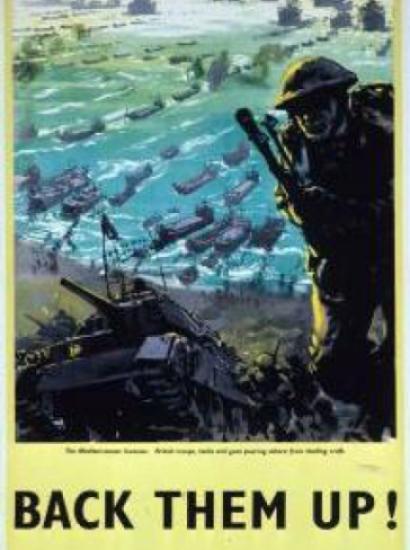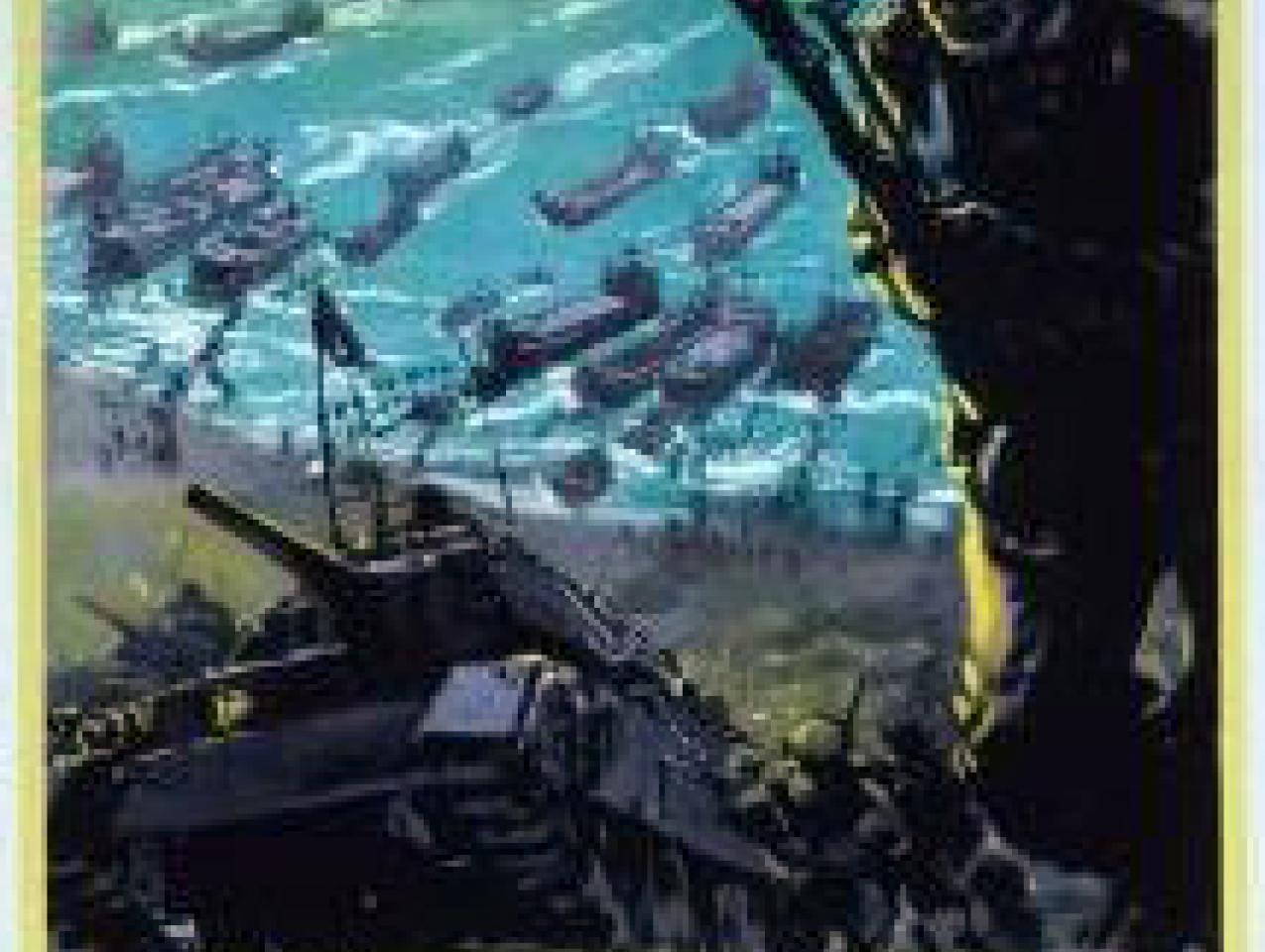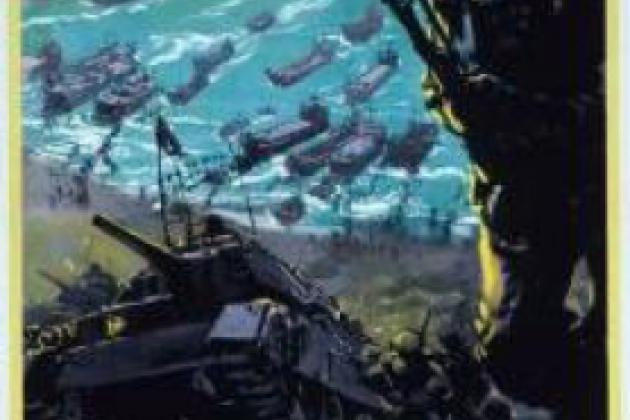- International Affairs
- Key Countries / Regions
- China
- Security & Defense
- US Defense
- US Foreign Policy
- Revitalizing History

Because of the nature and number of threats as well as the fraying reputation of the United States, the best hope to deter China and Russia is by empowering American frontline allies and partners. They—Taiwan and Ukraine in this particular case—are the first responders to any regional crisis and have the strongest incentives to counter their aggressive neighbors. They have to deter their enemies by denying them the ability to achieve quick victories at small costs.1
The main role of the United States is to support these countries’ efforts to enhance their own military capabilities. Local defense by the locals is the best deterrent.
American commitments to Taiwan and Ukraine are of course different. While neither is an ally, the U.S. maintains a posture of “strategic ambiguity” toward Taiwan, suggesting but not guaranteeing that it would come to its defense if attacked by China. In Ukraine’s case, it is quite clear that there is no obligation and no will to engage in a direct war with Russia if Moscow decides to send its armored forces to, or even beyond, the Dnieper river. But in both cases the credibility of the United States—and thus of its powers of deterrence—are weak.
The most immediate reason for such weakness is the American reputation of chaos and ineffectiveness. Domestic political divisions and the “woke revolution” puzzle most foreigner observers and instill doubts about American staying power in our friends. Moreover, the 2021 withdrawal from Afghanistan was badly mismanaged. Instead of conveying the idea that the U.S. is adjusting its priorities and concentrating all of its energies on China (and presumably on Russia), the withdrawal looked like a panicked escape with the resulting and tragic abandonment of our local allies. Suddenly, being a local ally of the United States appeared to be a risky proposition rather than a net benefit.
But there is also a broader, structural reason for the weakness of American deterrence—and the ensuing need for strengthening the military capabilities of the locals: we deter by punishment, while locals—Taiwan and Ukraine—deter by denial. Deterrence by punishment is based on the threat of retaliation after an attack occurs; the defender (the U.S.) threatens to hit the enemy hard where it hurts him the most, often on its territory, and such a threat should dissuade the attacker from initiating an offensive. Deterrence by denial promises the enemy that its objectives will be exceedingly difficult to achieve; the invasion will be a hard slog and the enemy will be denied the ability to achieve his goals. The latter is more effective in today’s circumstances.
With some simplification, the U.S. tends to deter by punishment because of the distance that separates the American continent from the likely location of hostility in Eurasia. The potential attack that the U.S. is trying to deter would happen against a state on Eurasia’s “rimlands” where the presence of American troops, if any, is less to defend the territory and more to serve as a tripwire. They are there to guarantee that the United States will retaliate in case of an assault.
But deterrence by punishment is less applicable to the situations in Ukraine and Taiwan. The credibility of the U.S. punishing Russia or China in case of an offensive against, respectively, Ukraine or Taiwan, is small for three reasons.
- First, the U.S. is facing multiple simultaneous threats in different geographic areas, and it is plausible to see a modicum of cooperation between Moscow and Beijing (e.g., a coordinated pressure on their respective targets). Such a scenario would stretch American capabilities, at a minimum making it necessary to choose where to respond, if at all. This is the risk of American strategic insolvency.
- Second, deterrence by punishment requires the ability to retaliate and impose greater costs on the enemy than to oneself. But while U.S. military power is formidable, it is in relative decline compared to China but also to Russia (because of the local preponderance Russia has on its borders). Spending more on defense, however, risks exacerbating American fiscal insolvency.
- Third, no matter how much we support these countries rhetorically, Taiwan, and certainly Ukraine, are not full treaty allies and there is—and there will be—no consistent and sizeable American military presence there that could serve as a tripwire strengthening deterrence by punishment.
What is left in the U.S. toolkit is the threat of cutting off Russia and China from the rest of the world, either by preventing their (mostly China’s) access to sea-lanes or by sanctioning their (mostly Russia’s) economies. For instance, in case of another Russian invasion of Ukraine the U.S. could impose new sanctions, confiscate offshore assets of members of Russia’s ruling elites, or, in the most extreme case, expel Russia from the financial system (e.g., from SWIFT). In China’s case, some of these financial tools could be combined with more assertive maritime operations severing Chinese access to the sea and disrupting port operations.
The spectrum of escalation is obviously wide. But the question is whether such threats are credible to our rivals. After all, these are not cost-free actions for the U.S. and its allies. There will be both domestic and foreign opposition to such escalatory responses. Moreover, the imposed costs may not be as large as we expect them to be, especially in relation to the objectives desired by our enemies. Russia is already the target of several sanction regimes, and has demonstrated its ability to survive them without affecting its political stability. As with the recent military buildup on its western frontier, Russia appears unfazed by the possibility of more economic sanctions in case of a westward military offensive. Economic pain alone is unlikely to deter powers that want to occupy territories they deem part of their civilizational core.
Hence, the most effective deterrent has to come from the targeted countries. Taiwan and Ukraine must be credible fighters that will make any conventional attack by China and Russia a difficult—very costly and long—endeavor. Local deterrence by denial is the key to regional stability.
To deny an easy victory to China and Russia, Taiwan and Ukraine have to preserve, and increase, two features of their states. First, they have to build up their military capabilities, including the ability to mobilize their population for a protracted insurgency. Despite all the talk about “disinformation,” “competing narratives,” and “need for social resilience,” the plain truth is that the threats presented by China and Russia are military, old fashioned invasions. The only way to deter them is by defeating their military advances or, at a minimum, by promising that their offensives will be exceedingly costly and lengthy—and that, even were they to succeed in occupying new territories, that occupation will be bloody.
The specific assets that these countries need will vary, depending on their geography, the nature of the military threat, and their military’s ability to employ them. But the purpose is simple: make the enemy’s offensive costly and slow it down to allow the organization of counterbalancing efforts from the U.S. and other allies.
Second, in order for such military capabilities to be credible, the local populations must be culturally self-confident. They have to want to be independent, manifesting that deeply held desire through their willingness to mobilize and to fight a long war. Deterrence by denial is effective when the deterring side shows its willingness to accept a high level of risk. We should therefore encourage national self-confidence rather than try to promote some universal vision of progressive uniformity. Nations, not a vacuous global community, can deny enemies access to their territories.
In brief, the best response to Russian and Chinese aggressiveness is the return of strong nation-states, willing to protect their distinctiveness through the mobilization of their populations.















